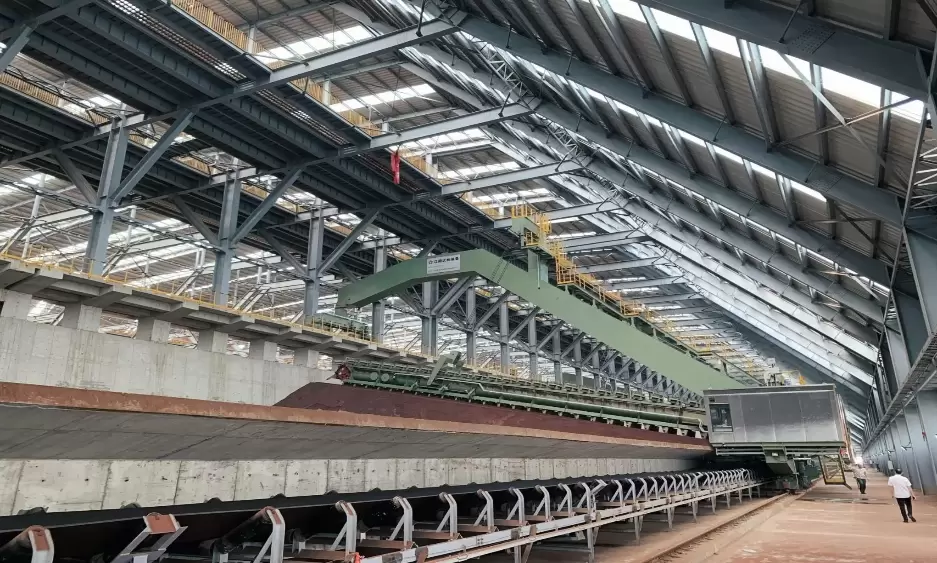Maximizing Profitability: The Freight Types That Pay the Most Per Mile
In the ever-evolving landscape of the freight industry, understanding which types of freight yield the highest pay per mile is crucial for carriers, logistics managers, and independent truckers alike. As fuel prices fluctuate and operational costs rise, identifying lucrative freight opportunities can significantly impact a company's bottom line. This article delves into the various freight categories that offer the most competitive rates, providing insights into market trends, demand fluctuations, and strategic considerations for maximizing profitability.
Understanding Freight Rates
Freight rates are influenced by a myriad of factors, including supply and demand dynamics, seasonal trends, and the specific characteristics of the cargo being transported. The rate per mile is a critical metric that helps carriers assess the profitability of different freight types. Generally, higher-value goods or specialized cargo tend to command higher rates, but this is not a universal rule.
High-Paying Freight Categories
- Refrigerated Freight (Reefer Loads)
Refrigerated freight, or reefer loads, often pays the most per mile due to the specialized equipment required for transportation. This category includes perishable goods such as fruits, vegetables, dairy products, and pharmaceuticals. The demand for reefer loads tends to spike during certain seasons, particularly in the summer months when fresh produce is abundant. Carriers can capitalize on this demand by ensuring they have the necessary equipment and certifications to handle temperature-sensitive cargo. - Hazardous Materials (Hazmat Loads)
Transporting hazardous materials is another high-paying freight category. Due to the stringent regulations and safety protocols involved, carriers can command premium rates for hazmat loads. This includes chemicals, flammable liquids, and other dangerous goods. However, it is essential for carriers to have the proper training, certifications, and insurance to handle such materials, as the risks involved can be significant. - Oversized and Heavy Loads
Oversized and heavy loads, often referred to as super loads, require specialized equipment and permits for transportation. These loads can include construction equipment, large machinery, and wind turbine components. The complexity and logistical challenges associated with transporting oversized freight often result in higher pay per mile. Carriers engaged in this niche must be well-versed in the regulations governing oversized transport and have the necessary permits to operate legally. - Automotive Freight
The automotive industry is a significant player in the freight market, with manufacturers and suppliers requiring reliable transportation for vehicles and parts. Automotive freight often pays well, particularly for expedited shipments or specialized transport of high-value vehicles. Carriers that establish relationships with automotive manufacturers can benefit from consistent loads and competitive rates. - Flatbed Freight
Flatbed freight, which includes construction materials, machinery, and large equipment, can also yield high pay per mile. The versatility of flatbed trailers allows for the transportation of a wide range of cargo, and the demand for flatbed services often correlates with construction and infrastructure projects. Carriers that can efficiently load and secure flatbed cargo can maximize their earnings in this segment.
Market Trends and Strategic Considerations
To effectively capitalize on high-paying freight opportunities, carriers must stay informed about market trends and demand fluctuations. Utilizing freight load boards, industry reports, and networking within the logistics community can provide valuable insights into which freight types are currently commanding the highest rates.
Additionally, carriers should consider diversifying their freight portfolio. While specializing in high-paying freight categories can be lucrative, having a mix of freight types can help mitigate risks associated with market volatility. For instance, during periods of low demand for refrigerated loads, carriers can pivot to transporting flatbed or automotive freight to maintain steady income.
Conclusion
In conclusion, understanding what freight pays the most per mile is essential for carriers looking to maximize their profitability in a competitive market. By focusing on high-paying categories such as refrigerated freight, hazardous materials, oversized loads, automotive freight, and flatbed services, carriers can strategically position themselves for success. Staying informed about market trends and diversifying freight offerings will further enhance profitability and resilience in the ever-changing freight landscape. As the industry continues to evolve, those who adapt and seize lucrative opportunities will undoubtedly thrive.




